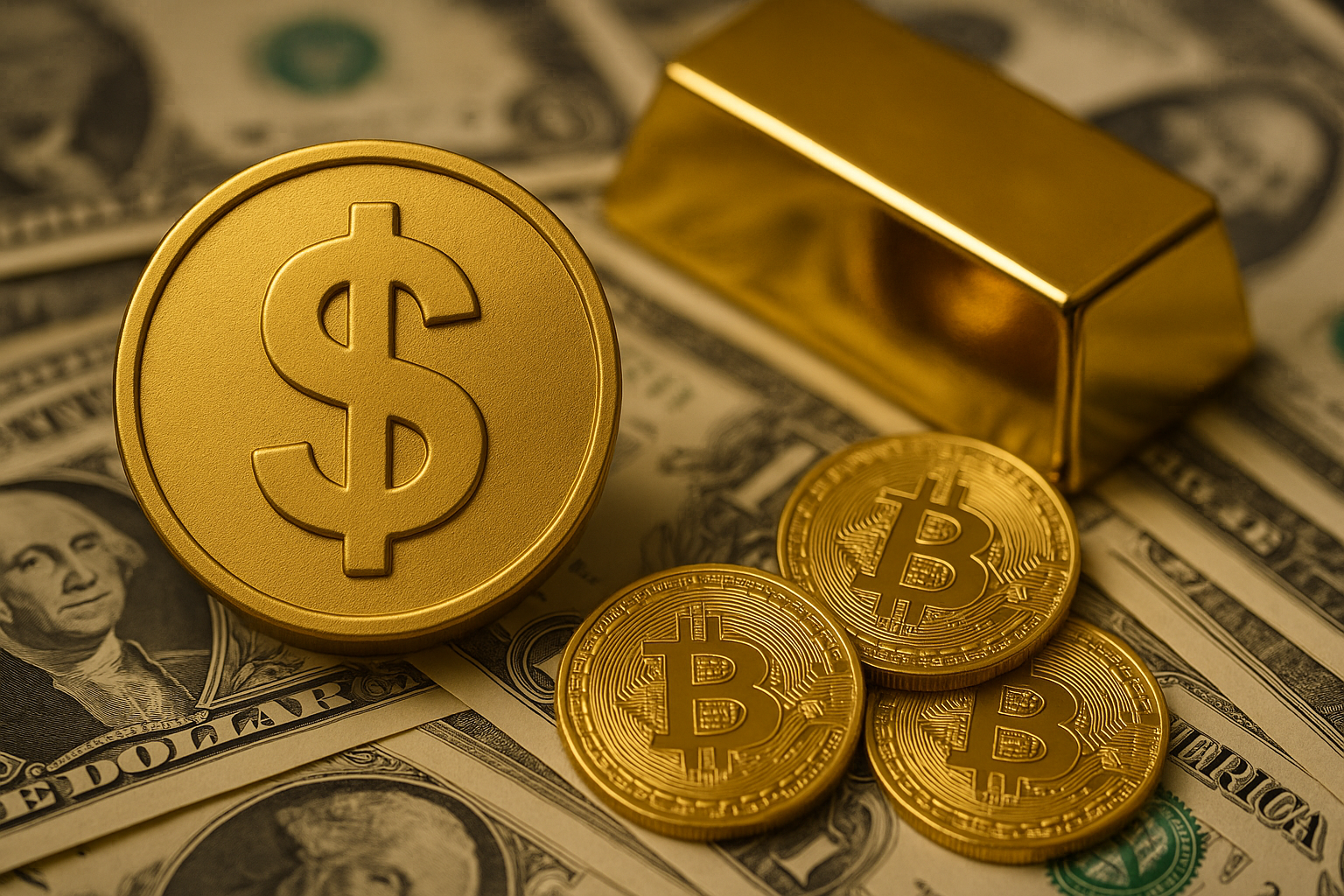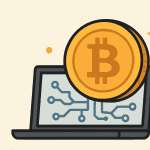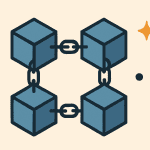Cryptocurrency is known for its price changes. One day the price goes up, the next day it goes down. But what if there was a coin that stayed the same? That’s what a stablecoin is. In this article, we’ll explain what a stablecoin is, how it works, and why people use it. This guide is perfect for beginners.
Contents
What Is a Stablecoin?
A stablecoin is a type of cryptocurrency. But unlike Bitcoin or Ethereum, a stablecoin is designed to keep its value stable. This means the price usually stays around $1 (or another fixed value).
Stablecoins are often linked to real-world assets like:
-
US dollars (USD)
-
Euros (EUR)
-
Gold
-
Other stable currencies
So, if a stablecoin is linked to the US dollar, 1 stablecoin is always worth about $1.
Why Are Stablecoins Important?
Stablecoins are important for many reasons:
1. Less Risk
Prices of other cryptocurrencies go up and down a lot. This is called volatility. Stablecoins don’t have this problem. Their value stays the same, so they are safer to hold.
2. Fast and Cheap Transactions
You can send stablecoins across the world in minutes. It’s often faster and cheaper than using a bank or sending money in traditional ways.
3. Easy Trading
Stablecoins are used on crypto exchanges to buy and sell other coins. When the market is falling, traders often move their money into stablecoins to avoid losses.
4. Useful for Saving
People in countries with unstable money use stablecoins to protect their savings. It helps them avoid losing value due to inflation.
How Do Stablecoins Work?
There are different types of stablecoins. Each type uses a different method to stay stable.
1. Fiat-Backed Stablecoins
These are the most common. For every stablecoin, there is real money (like US dollars) kept in a bank.
Examples:
-
USDT (Tether)
-
USDC (USD Coin)
-
BUSD (Binance USD)
These companies hold cash or assets to match the number of stablecoins they issue.
2. Crypto-Backed Stablecoins
These stablecoins are backed by other cryptocurrencies instead of fiat money. They use smart contracts to keep the value stable.
Example:
-
DAI
These systems are more open and don’t rely on banks, but they can be more complex.
3. Algorithmic Stablecoins
These stablecoins are not backed by anything. Instead, they use computer programs (algorithms) to control supply and demand.
Example:
-
UST (TerraUSD) — though this one failed in 2022.
This type can be risky and is still being tested.
Popular Stablecoins
Here are some of the most well-known stablecoins:
| Name | Symbol | Backed By | Value Target |
|---|---|---|---|
| Tether | USDT | US Dollar | $1 |
| USD Coin | USDC | US Dollar | $1 |
| DAI | DAI | Crypto (ETH) | $1 |
| TrueUSD | TUSD | US Dollar | $1 |
These coins are trusted by many people and are used worldwide.
Are Stablecoins Safe?
Stablecoins are designed to be safe, but nothing is 100% risk-free. Here are some things to keep in mind:
-
Check the company behind the coin. Is it trusted? Do they show proof of their money reserves?
-
Avoid new or unknown stablecoins. Stick to popular and widely used ones.
-
Remember: If the system behind the coin fails, the coin could lose value.
In 2022, a stablecoin called TerraUSD (UST) lost its value and caused big problems in the market. That’s why it’s important to understand what backs a stablecoin.
How to Use Stablecoins
Using stablecoins is simple:
-
Get a wallet – You need a crypto wallet or exchange account.
-
Buy stablecoins – Use your local money to buy stablecoins on an exchange like Binance, Coinbase, or Kraken.
-
Use them – You can send stablecoins to friends, use them to trade, or save them in your wallet.
Final Thoughts
Stablecoins are a big part of the crypto world. They are easy to understand, safe for beginners, and useful for saving, sending money, or trading.
If you’re new to cryptocurrency, stablecoins are a great way to start. They combine the best of both worlds: the speed and low cost of crypto, with the stability of regular money.




